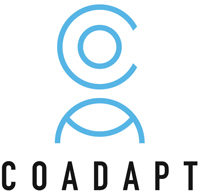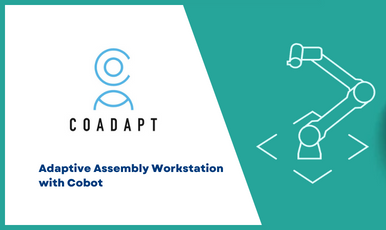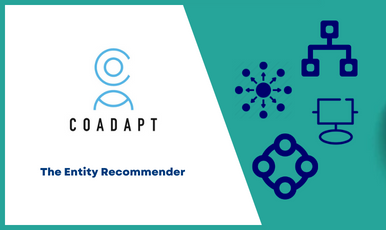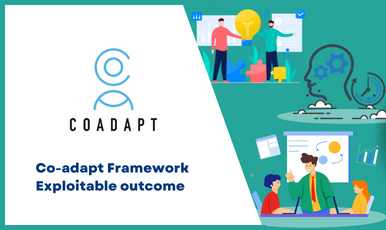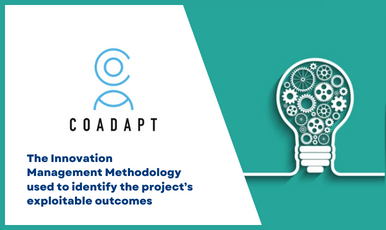The Adaptive Assembly System (AAS) comprises an innovative adaptive workstation equipped with a collaborative robot (i.e., cobot; See Figure XX). It is an advanced working tool that supports senior and adult operators while carrying out assembling tasks. The workstation can adapt (e.g. workbench height, lighting level) to the operators’ physical and perceptual (i.e. low vision)...
Everyday digital tasks can highly benefit from systems that recommend the right information to use at the right time. However, existing solutions typically support only specific applications and tasks. The Entity Recommender is a system that captures context across application boundaries and recommends information entities related to the current task. The user’s digital activity is...
TEO (D.5.4) represents the Conversational Agent included within a wider application for smartphones, together with other tools such as exercises and guides. This app has been developed for patients involved in psychological treatment to support the delivery of psychological programs for work-related stress, anxiety, and depression. The application is designed to be used in a...
As described in our previous post on Innovation management we will give an overview of the primary joint exploitation outcome of the project which is the CO-ADAPT framework. The CO-ADAPT framework is a toolkit for workability and wellbeing based on adaptive technologies to support active and healthy ageing that is based on the exploitable outcomes...
As the CO-ADAPT project is progressing to its end we will present in different posts the exploitable outcomes as the deliverables of the project through the Innovation Management process in the last two years. The Innovation management was an internal activity that aimed to monitor and control the process of creation of novel outcomes of...
